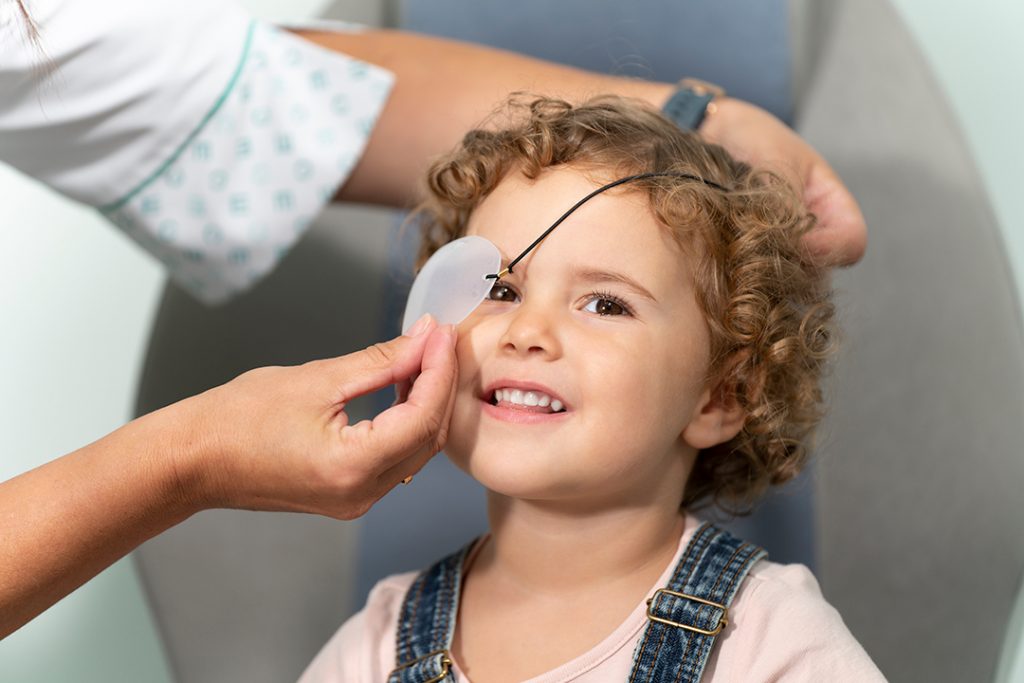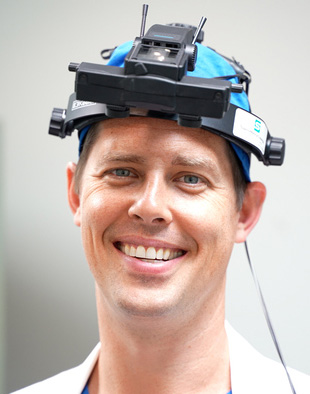Patching of the Eye to Treat Amblyopia

Patching is a technique for treating amblyopia (lazy eye). The good eye is patched to encourage the development of good vision in the lazy eye. Amblyopia can be caused by unequal refractive errors, crossed eyes, misaligned eyes (strabismus), or other abnormalities.

